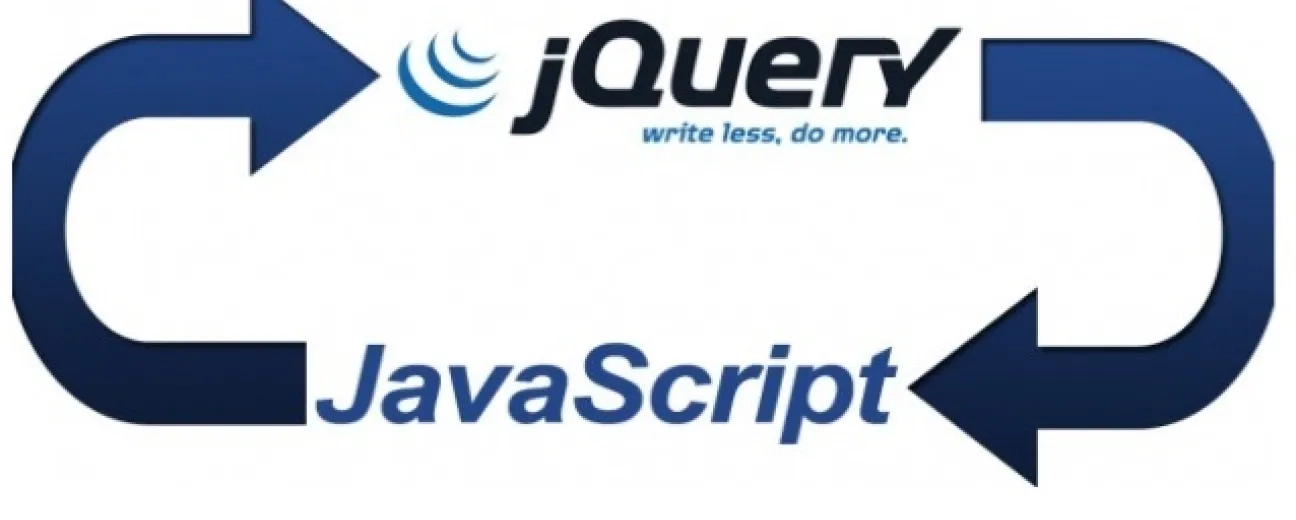
We’re excited to hear your project.
Let’s collaborate!

Web development experts tend to debate a lot when it comes to Javascript vs jQuery. There is really no correct answer in this situation simply because either of them can be used to create approximately the same effects or results - it’s contextual.
Generally speaking, jQuery should be enough for your average web development project but in certain cases JavaScript may be necessary to successfully complete it. As a rule of thumb, every web developer should learn both jQuery and JavaScript so let’s get down to the details:
Javascript is a web programming language that’s oriented on objects. The programming language is usually used to introduce certain functionality into web pages. The Javascript code is automatically loaded by the browser. Javascript is very similar to C when it comes to syntax – it’s very popular among programmers because you can create scripts for multiple activities such as adding effects or creating menus on certain page elements.
Asynchronous Javascript and XML, also known as AJAX is becoming more and more popular in the programming world. With this technique, HTTP requests are made in the background, without needing to reload the page – changes to certain sections of the page are done in real time. When using AJAX, programmers can create interfaces with limited response time simply because the time for reloading a HTML page is removed.
jQuery was released back in 2006 as a library build with Javascript – jQuery helps web developers load dynamic content onto pages, handle events, manipulate CSS and animate certain page elements. If you’re using jQuery you won’t have to worry about how browsers interpret the code. jQuery is a very useful Javascript library that reduces vague code and collects functions which in turn increases your programming workflow.
jQuery 1.x is supported by Internet Explorer 6 or higher and all browsers in general. With jQuery 2.x, the support for IE 6-8 was dropped but instead jQuery supports Internet Explorer 9 or higher.
The jQuery user interface is a collection of GUI Widgets, visual effects and themes created using jQuery, HTML and CSS.
jQuery UI effects include:
Add Class, Toggle Class, Remove Class, Switch Class
Color Animation
Effect
Hide, Show
Toggle
jQuery UI Widgets include:
Accordion
Autocomplete
Button
Datepicker
Dialog
Menu
Progressbar
Selectmenu
Slider
Spinner
Tabs
Tooltip
jQuery UI utilities include:
Position
Widget Factory
Javascript code:
function backgroundChange(color) {
document.body.style.background = color;
}
Onload=” backgroundChange(‘blue’);
Where as in jQuery the code is much simpler and clean:
$(‘body’).css(‘background’,’blue’);
For most web development projects jQuery will suit your needs just fine but as stated before, learning both Javascript and jQuery can be an asset. Keep in mind that one of the biggest differences between Javascript and jQuery is the fact that jQuery can work with many browsers automatically while JavaScript has cross browser compatibility issues due to poor implementation practices.

We’re excited to hear your project.
Let’s collaborate!